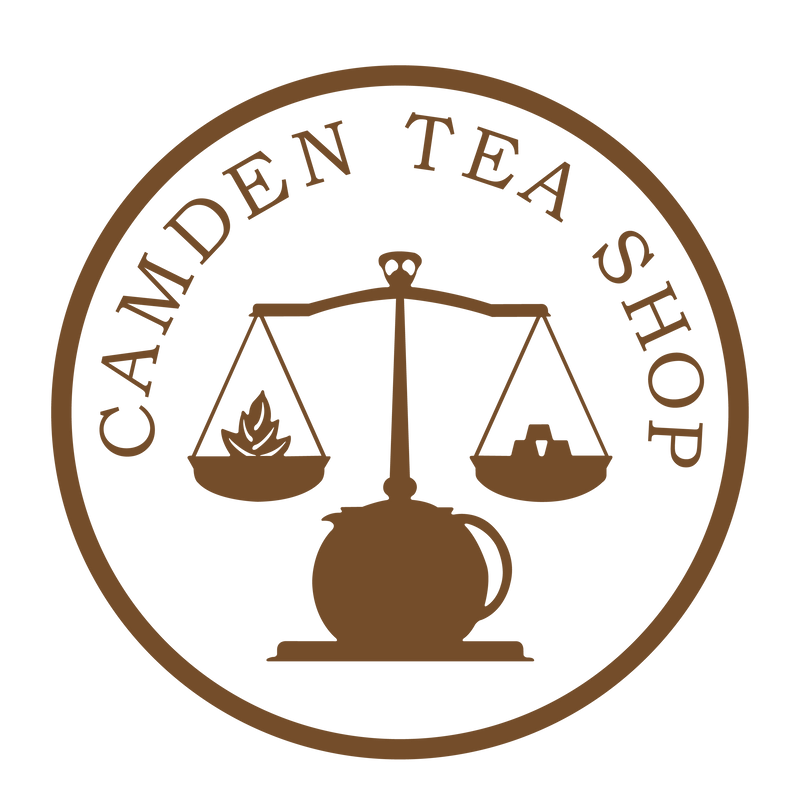Coffee History

As with most foods that have been around for centuries, coffee’s beginnings are enveloped in mystery and lore. There is a popular Ethiopian legend where coffee is discovered by a goat herder named Kaldi, who found his goats frolicking and full of energy after eating the red fruit of the coffee bush.

Kaldi tried the fruit for himself and had a similar reaction. After witnessing their strange behaviour, a monk took some of the fruit back to his fellow monks; they too spent the night awake and alert. Of course, they would have been reacting to coffee’s high dose of caffeine.
Before coffee became our (second favour) morning beverage, it appeared in a variety of different ways. In its most basic, unprocessed form, coffee is a cherry-like fruit, which becomes red when ripe; the coffee bean is found at the centre of the red coffee fruit. Early on, the fruit were mixed with animal fat to create a protein rich snack bar. At one point, the fermented pulp was used to make a wine-like concoction; incidentally, a similar beverage was made from the cacao fruit, before the advent of chocolate, which goes to show that humans are especially adept at finding new ways to indulge. Another drink that appeared around 1000 A.D. was made from the whole coffee fruit, including the beans and the hull. It wasn’t until the 13th century that people began to roast coffee beans, the first step in the process of making coffee as we know it today.

The word “coffee” has roots in several languages. In Yemen it earned the name qahwah, which was originally a romantic term for wine. It later became the Turkish kahveh, then Dutch koffie and finally coffee in English.
The modern version of roasted coffee originated in Arabia. By parching and boiling the coffee beans, rendering them infertile, the Arabs were able to corner the market on coffee crops. In fact, tradition says that not a single coffee plant existed outside of Arabia or Africa until the 1600s, when Baba Budan, an Indian pilgrim, left Mecca with fertile beans fastened to a strap across his abdomen. Baba’s beans resulted in a new and competitive European coffee trade.

In 1616, the Dutch founded the first European-owned coffee estate in Sri Lanka, then Ceylon, then Java in 1696. The French began growing coffee in the Caribbean, followed by the Spanish in Central America and the Portuguese in Brazil. European coffee houses sprang up in Italy and later France, where they reached a new level of popularity.
Coffee plants reached the New World during the early 18th century, though the drink wasn’t really popular in America until the Boston Tea Party of 1773, when making the switch from tea to coffee became something of a patriotic duty. The Civil War and other conflicts that followed also helped to increase coffee consumption, as soldiers relied on the caffeine for a boost of energy.

By the late 1800s, coffee had become a worldwide commodity, and entrepreneurs began looking for new ways to profit from the popular beverage.
In the 1960s, a certain awareness for specialty coffee started to grow, inspiring the opening of the first Starbucks in Seattle in 1971. Today, the grass-roots coffee movement continues to grow with the increase of small independently-owned cafes boasting sustainable, locally roasted, fair trade beans.

Our own range of whole bean coffees come from all over the globe; mostly origin sources you'll recognise from the above coffee takeover of the world. If you are looking for a caffeine fix; although our vote will always be for tea, we can indulge you with our select range.

SHOP COFFEE
